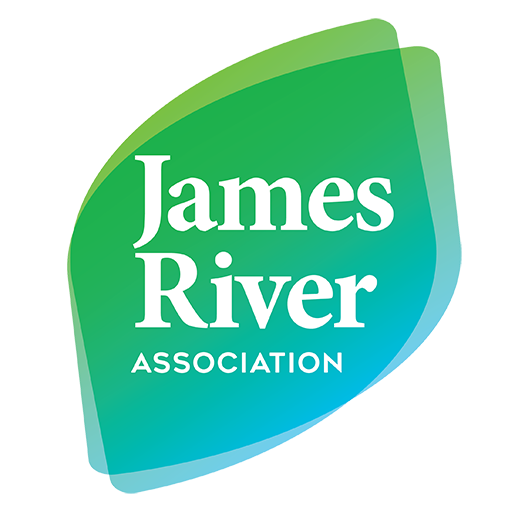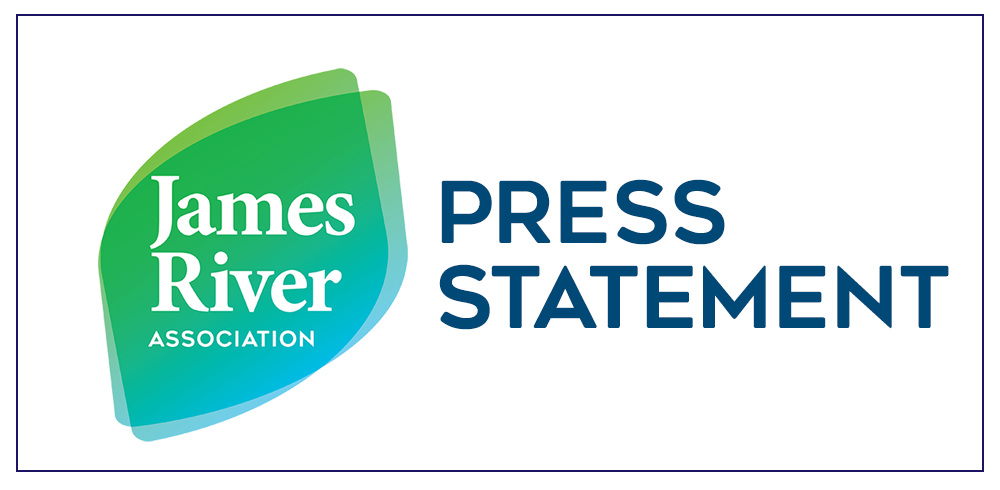PRESS RELEASE
FOR IMMEDIATE RELEASE:
July 10, 2024
CONTACT:
Jamie Brunkow, Director of River Ecology
James River Association
jbrunkow@thejamesriver.org | 804.592.0347
James River Maintains Highest Health Score Among Major Chesapeake Bay Tributaries
The University of Maryland Center for Environmental Science (UMCES) has released its annual report card, awarding the Chesapeake Bay an overall grade of C+ (55%)—the highest since 2002. The James River once again received the highest Bay Health score of any major tributary in the Chesapeake Bay region for the 14th consecutive year. The James River saw signs of improvement in the 2023 report, including reduced levels of algae, increased underwater grasses and continued high dissolved oxygen levels, which scored 100%. However, the overall James River score dropped by 3 points due to a decline in water clarity and benthic community.
The report card’s assessment of the overall health of the Chesapeake Bay Watershed, which includes ecological, societal, and economic indicators, scored 52% (C). The upper James River watershed remained the highest scoring section of the entire Chesapeake Bay watershed and the only section to score in the B:Good range. The Middle James and Lower James sections of the watershed were in the C:Moderate range reflecting their higher levels of development.
Bill Street, CEO of the James River Association, responded to the report:
“The University of Maryland’s Chesapeake Bay Report Card helps track restoration progress of the Bay and its tributaries, and for the 14th year in a row, it shows the James River earned the highest Bay Health score in the region.”
“This report highlights significant long term progress for the James River, but the decreased score this year demonstrates the challenges that remain. Poor water clarity and benthic community can hinder habitat and ecosystem recovery, which are vital for many fish and wildlife species, including the imperiled American shad.”
“These results underscore the need to maintain the level of public investment in reducing polluted runoff from cities and partnering with farmers to prevent nutrient and sediment pollution from entering local waterways.”

ABOUT THE JAMES RIVER ASSOCIATION: The James River Association is a member-supported nonprofit organization founded in 1976 to serve as a guardian and voice for the James River. Throughout the James River’s 10,000 square mile watershed, the James River Association works toward its vision of a fully healthy James River supporting thriving communities. The James River Association believes that “when you change the James, the James changes you”. With offices in Lynchburg, Richmond, Williamsburg, and Scottsville, the James River Association is committed to protecting the James River and connecting people to it. For more information visit www.thejamesriver.org.

